Tubular breast removal
Leading plastic surgeons in Moscow and more than a thousand operations. At K+31, doctors and candidates of medical sciences with extensive experience, including abroad, will work with you.

specialists

equipment

treatment
Features and methods of correction
Tubular breast deformation is a phenomenon that affects approximately every fiftieth woman. The pathology begins to develop in adolescence against the background of disorders in the structure of connective tissue. When breasts form, tissue concentrates primarily around the nipple, giving them a characteristic tubular appearance.
Triangular breasts are characterized by the following features:
- Extended interval between mammary glands
- Asymmetry
- Anomalies in the formation of the areola and nipple
- Raised inframammary fold
Tubular breast is characterized by specific morphological changes. Women with this feature often have a reduced breast base and breast tissue that is denser and narrower. Additionally, there are signs of breast ptosis (sagging).
Tubular deformation of the breast manifests itself in both mild and pronounced forms. In particularly difficult cases, the deformation is accompanied by an increase in the areola, and the shape of the nipple becomes flat.
If you or someone you love has tubular breasts, it is important to discuss this with your plastic surgeon. For women who, in addition to deformation, are also dissatisfied with the volume of their mammary glands, a combined approach is recommended. In this case, the operation not only corrects the shape, but also makes the breast larger.
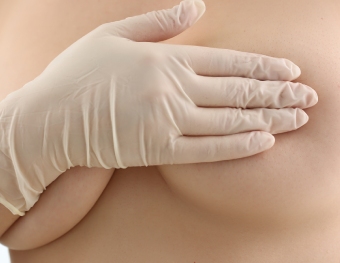
Degrees of Tubularity:
- Lightweight Characterized by mild symptoms. The breast appears slightly elongated, with slight drooping of the nipple-areolar complex. In most cases, women with this breast shape are not even aware of its features and surgical correction is usually not required.
- Average The chest looks elongated, the main volume of tissue is concentrated in its center. There is also an expansion of the areolas. For many women, this breast shape is often the cause of psychological discomfort. In this case, breast correction is considered as one of the possible solutions to the problem.
- Expressed The breasts take on a pronounced cylindrical shape, the nipples become flat, and the areolas become noticeably larger. This condition can greatly affect a woman’s self-esteem and interfere with her daily life and intimate relationships.
Contraindications for surgery

Surgical correction of the tubular form of the mammary glands is a serious intervention that can significantly improve the patient’s quality of life. However, like any other operation, it has its limitations and risks.
These include:
- Severe chronic diseases (especially in the acute stage). These include disorders associated with the cardiovascular and respiratory systems, as well as uncontrolled diabetes
- Hematological problems. Against this background, the risk of bleeding increases during and after surgery
- Infectious diseases. The operation is not recommended in the presence of an active infectious process. Otherwise, the risk of aggressive spread of infection increases
Early intervention may lead to further deformities. Therefore, before surgery, it is necessary to wait until the growth of the mammary glands is complete. This usually happens by age 22-24.
Temporary contraindications are inflammatory processes on the skin in the area of the intended intervention.
General information
Methods for correcting tubular breasts
The most effective way to correct the tubular shape of the mammary gland. is implantation. This method helps restore breast volume, improve its shape and expand the base.
Depending on individual characteristics, round and anatomical prostheses are used. They are placed under the pectoralis major muscle through small incisions in the areola area. This makes them practically invisible.
Lipofilling
Areola and nipple correction
Preparing for surgery to correct tubular breasts
Correction of the tubular shape of the breast is a serious surgical procedure that requires detailed preliminary preparation. The success of the operation itself and the safety of the patient largely depend on its quality.
Main stages:
- Diagnostics. Determining the presence of conical breasts usually occurs without any particular difficulties
- Laboratory research. To assess the general condition of the body, the patient is sent for blood and urine tests. These studies help to identify possible hidden contraindications to surgery
- Instrumental research. The doctor refers the patient to an ultrasound scan of the mammary glands and veins of the lower extremities. To assess the state of the cardiovascular system, ECG and fluorography are performed
It is also recommended to visit specialists of a narrow profile. In addition to the surgeon, the patient is advised by an anesthesiologist, mammologist and, if necessary, a therapist. This allows you to take into account all the features of her body and minimize risks.
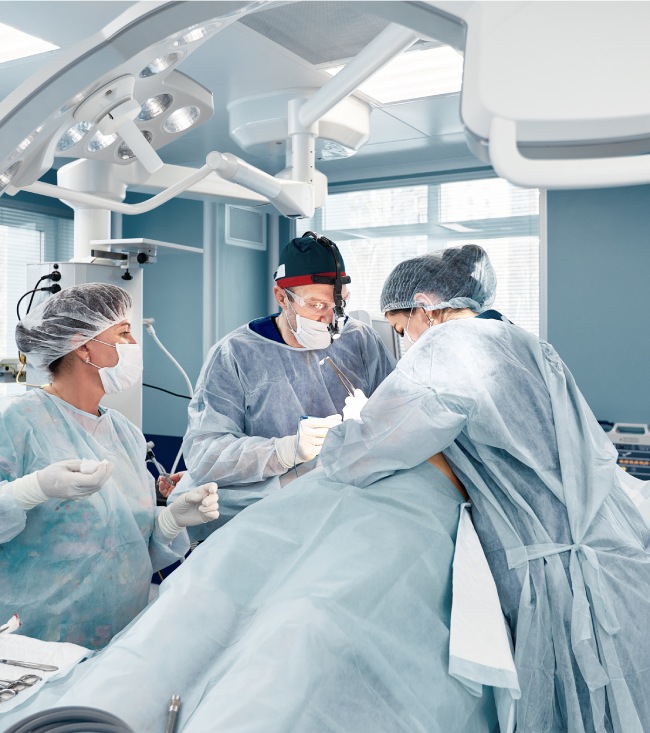
During the operation, the surgeon solves several key problems, the main one of which is the formation of the correct and aesthetic shape of the breast. Additional tasks:
- Correction of possible asymmetry
- Adjustment and correction of the shape of the nipples and areola
- Formation of a natural-looking crease under the breast
Depending on the degree of deformation and the wishes of the patient, a correction method is selected: with or without implants. The second method is recommended mainly for cases with a slight degree of deformation. In most cases, it is preferable to use implants, which not only increase volume, but also help maintain breast shape.
At the first stage, the patient is prepared for surgery, which usually takes about two hours. To ensure comfort and safety, general anesthesia is used during the procedure.
The incision is made using the periareolar method. The tissue is cut around the areola of the breast. One of the main advantages of this method is that after healing, the scars become almost invisible.
After this, the tissues are sutured. In some cases, drains may be placed to prevent fluid accumulation.
In most cases, the prognosis after cone breast surgery is favorable. However, as with any surgical intervention, there is a risk of complications: in some cases, hematoma, seroma or various types of scars are detected.
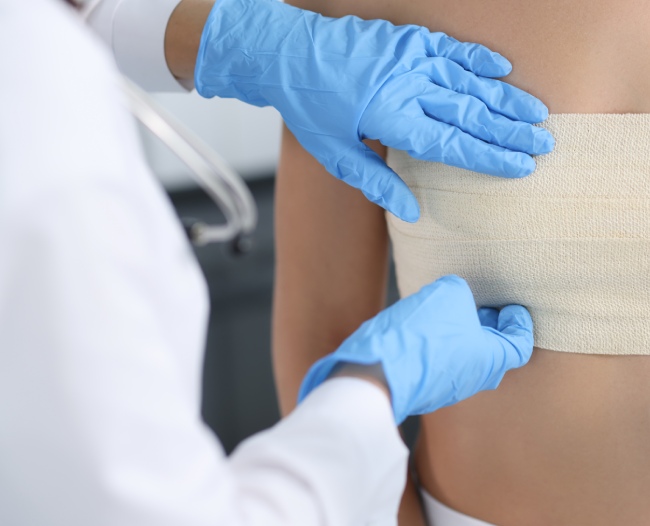
After surgery to correct the shape of the breast, the patient encounters a number of specific changes and sensations. In the initial period, swelling and hematomas form in the area of surgical intervention. Pain is also possible, which can be successfully controlled by taking analgesics prescribed by a doctor.
One of the key points of rehabilitation is wearing a medical bra with the required level of compression. This is necessary to keep the breasts in the correct position and prevent possible complications. Starting from the fourth week, if the dynamics are favorable, it can be temporarily removed during the day, but do not forget to put it on at night.
The main emphasis during the rehabilitation period is on limiting physical activity. Intense training, baths, saunas, as well as smoking and alcohol negatively affect the recovery process. Starting from the third month after surgery, activity can be gradually expanded, but you should return to full training no earlier than after 7-9 months.
It is also important to pay attention to the choice of underwear in the future: it should be comfortable, not tighten the chest and fit perfectly. Sunbathing should be avoided to prevent scar pigmentation.
Plastic surgery in K+31












This award is given to clinics with the highest ratings according to user ratings, a large number of requests from this site, and in the absence of critical violations.

This award is given to clinics with the highest ratings according to user ratings. It means that the place is known, loved, and definitely worth visiting.

The ProDoctors portal collected 500 thousand reviews, compiled a rating of doctors based on them and awarded the best. We are proud that our doctors are among those awarded.
Make an appointment at a convenient time on the nearest date
Price






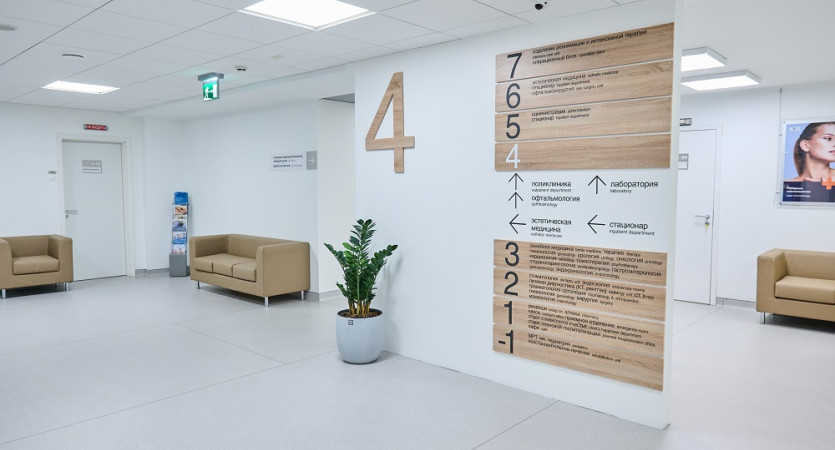
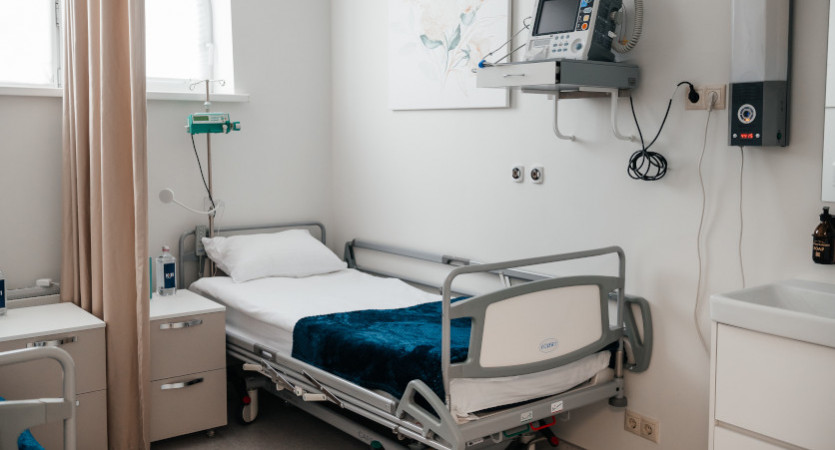
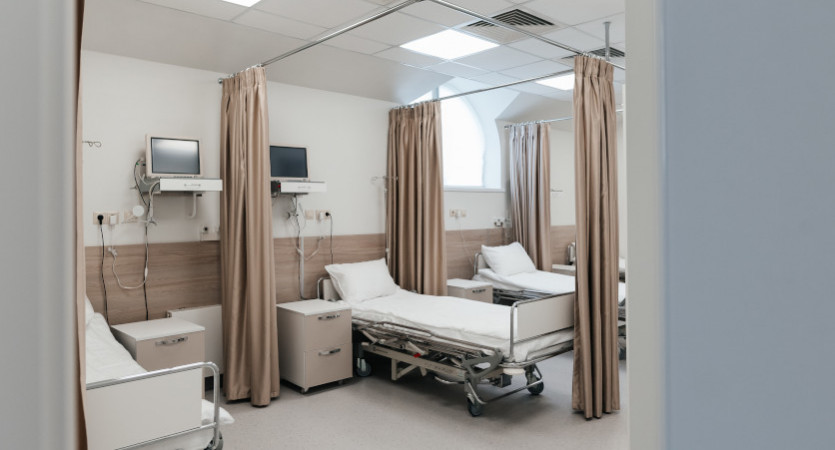
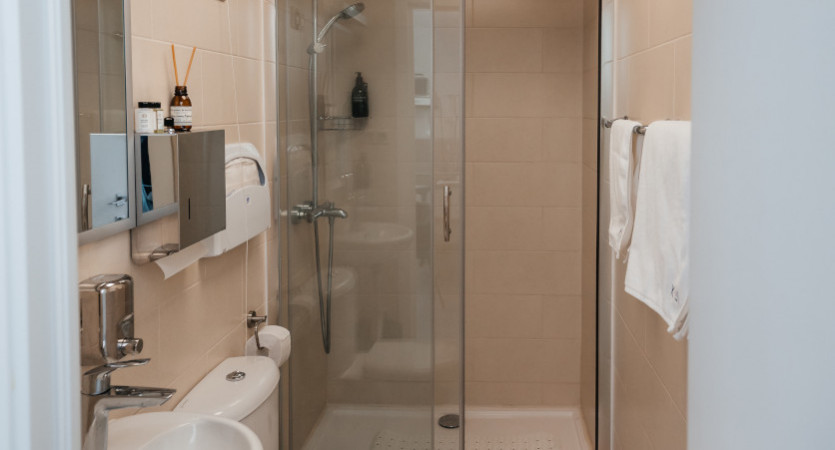


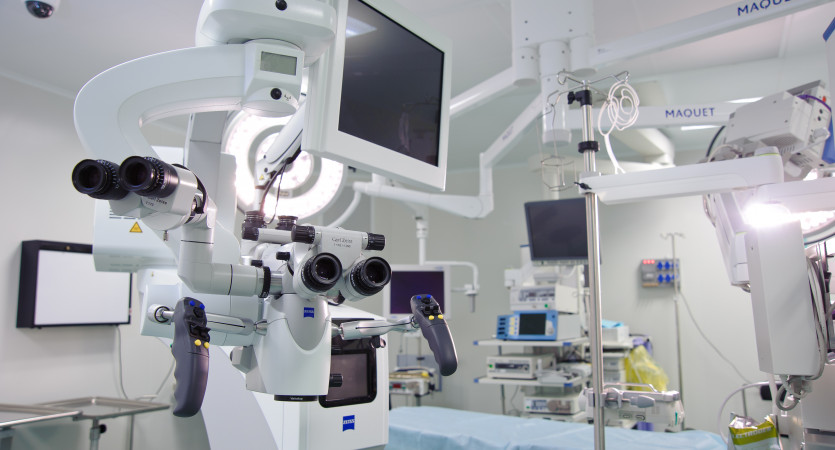
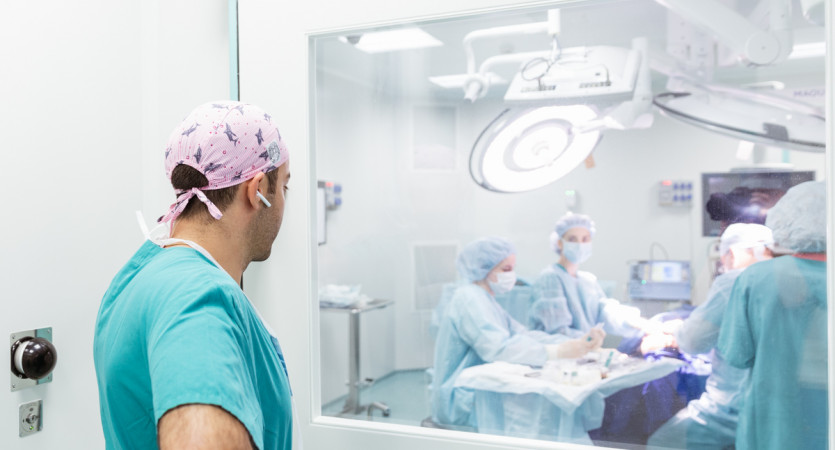
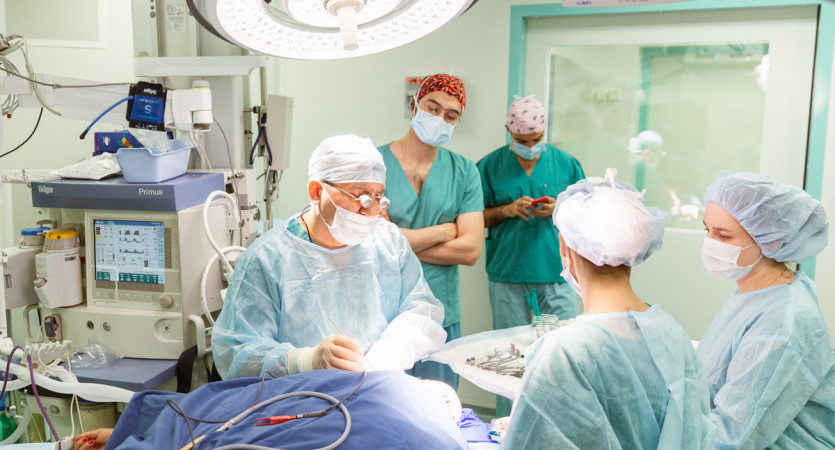
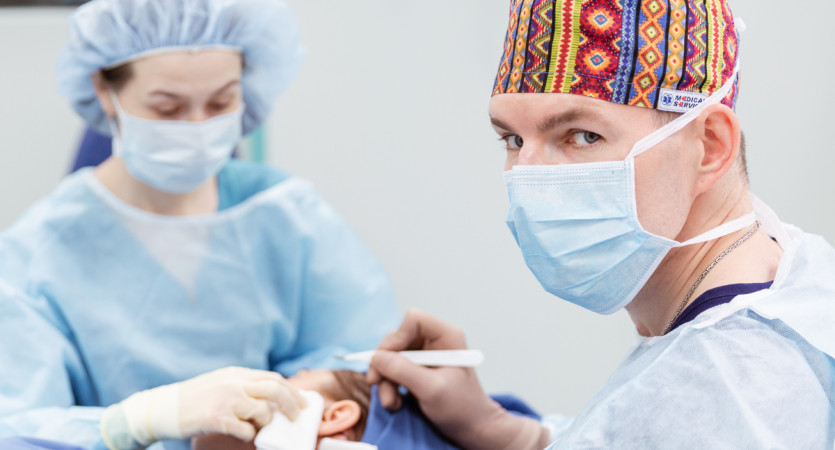

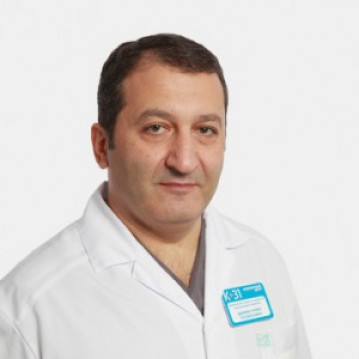
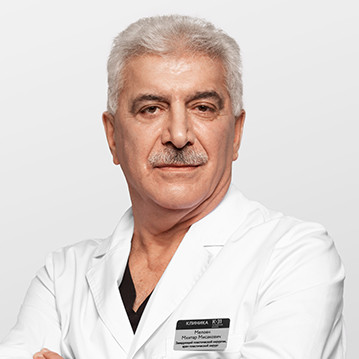

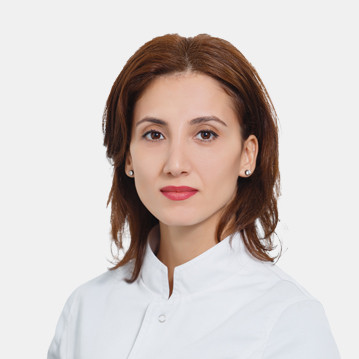



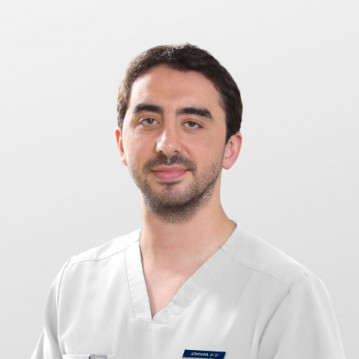










About the service
Tubular breast is a special type of mammary gland that differs from the classic anatomical shape. It is characterized by the fact that most of the milk tissue is concentrated in the nipple area, and the lower pole of the breast is underdeveloped.
Despite the fact that this anatomical structure does not affect the ability to lactation, many women decide to undergo plastic surgery. In medical practice, this is called tubular breast correction.